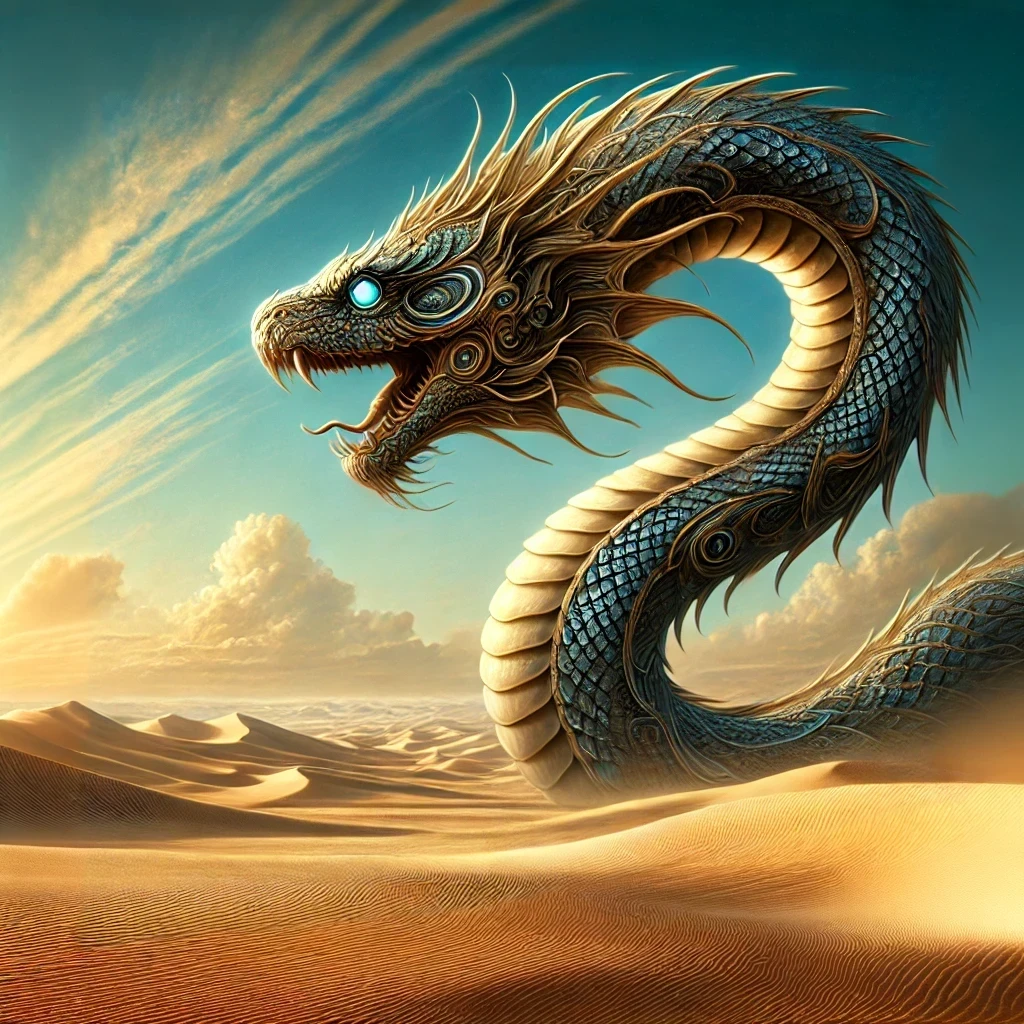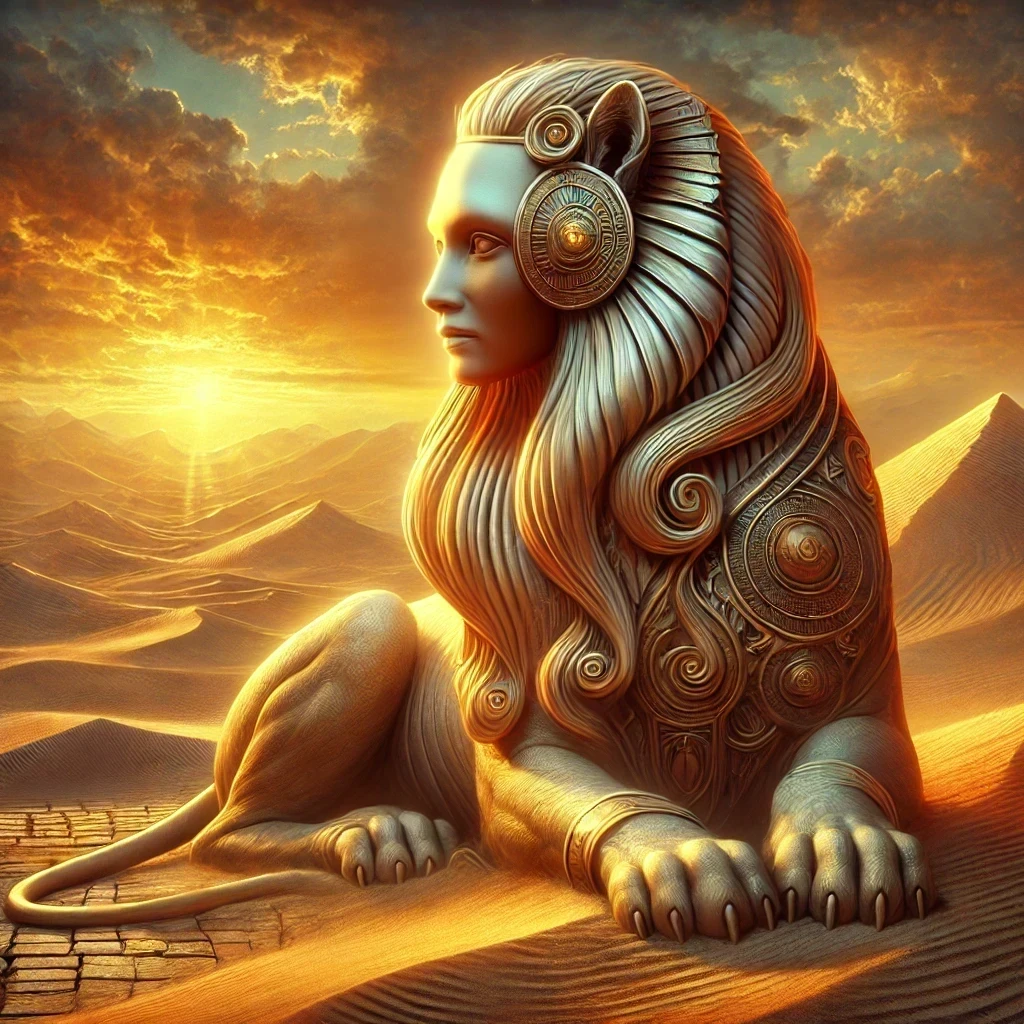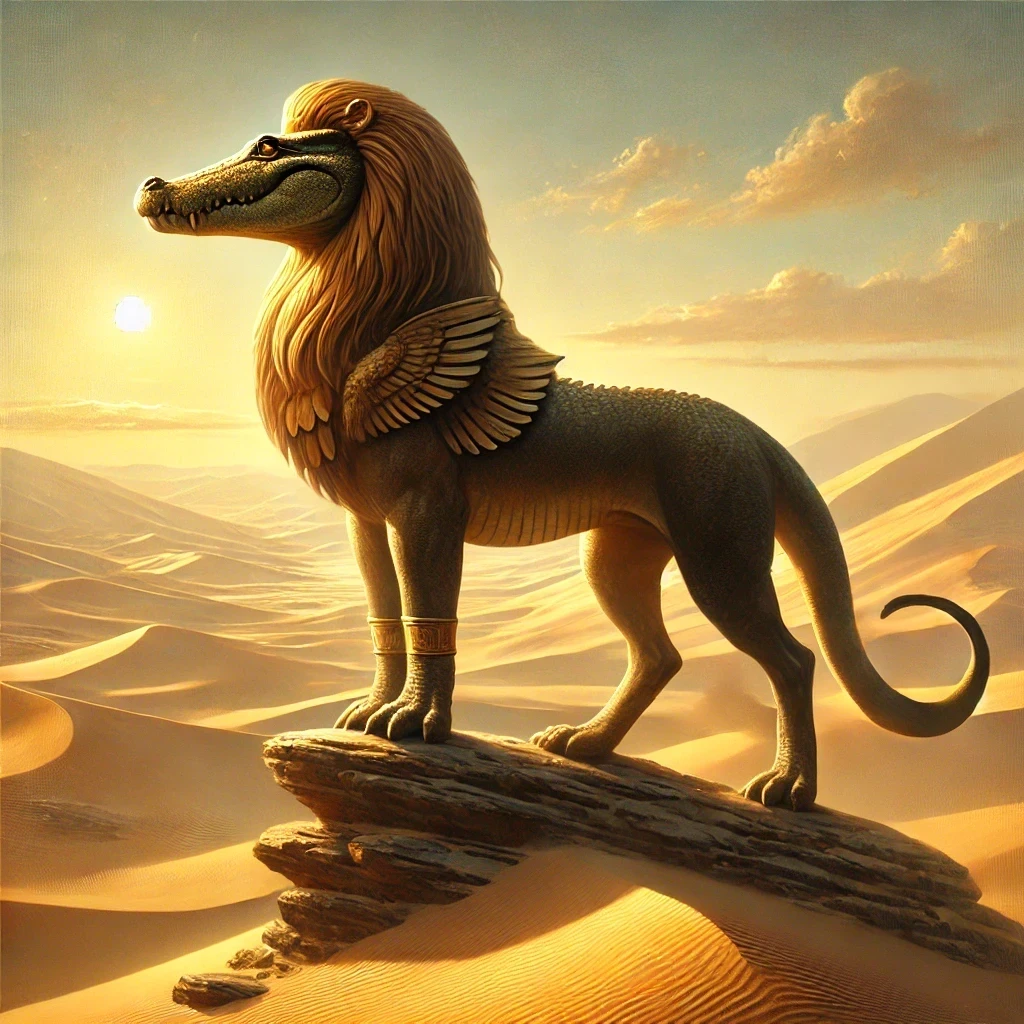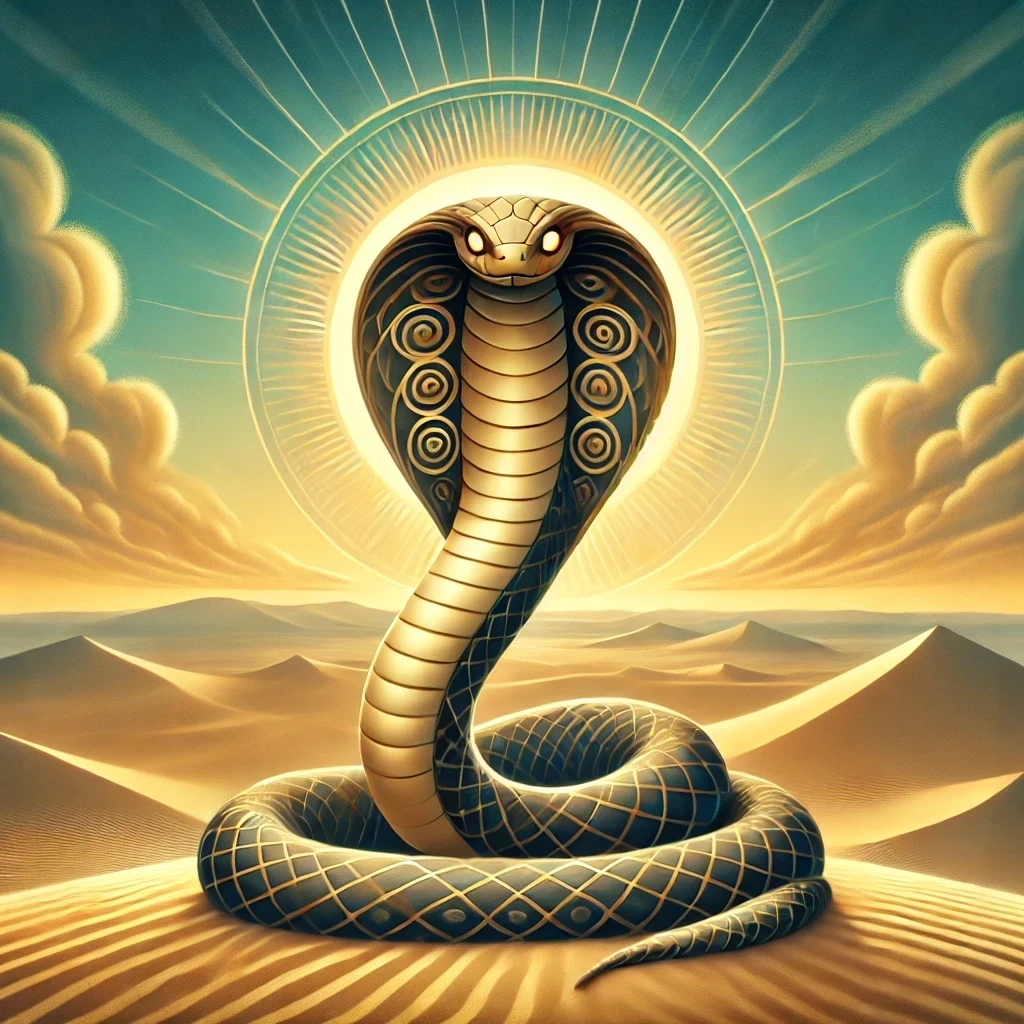The ancient world is rich with myths and legends, yet few creatures inspire as much awe and terror as the serpentine monster Teka-Her, also known as Teka Hra. Steeped in the lore of Egyptian mythology, this monstrous serpent occupies a unique place in the pantheon of chaos beasts. Often overshadowed by better-known figures like Apep or Sobek, Teka-Her’s story offers fascinating insights into the ancient Egyptian understanding of chaos, power, and the delicate balance of existence.
Origins
A Product of Chaos
Teka-Her emerges from the murky depths of ancient Egyptian mythology as a symbol of unrelenting chaos. Unlike Apep, the colossal serpent that represents the eternal enemy of the sun god Ra, Teka-Her’s origins are less defined but equally menacing. Ancient texts describe this serpent as a force of disorder that threatened the balance of Ma’at, the divine order that governed the cosmos.
Textual References
The serpent is primarily mentioned in fragmented texts and inscriptions, such as temple carvings and funerary literature. These accounts depict Teka-Her as a creature born from the primordial waters of Nun, embodying the volatile and unpredictable aspects of creation. Its appearances are often tied to rituals aimed at warding off chaos, suggesting that its influence was feared but necessary to maintain cosmic balance.

Appearance
Physical Characteristics
Teka-Her is described as a massive, sinuous creature with scales that shimmer like polished obsidian. Its eyes, often compared to glowing embers, were said to pierce through the darkness, instilling fear in all who gazed upon it. Ancient artists portrayed the serpent with exaggerated fangs and a forked tongue, reinforcing its association with danger and treachery.
Variations in Depictions
While the most common imagery emphasizes its serpentine form, some texts describe it as a hybrid creature, incorporating features of other feared animals such as crocodiles or lions. These variations highlight the fluid nature of mythological storytelling and the symbolic amalgamation of threats in the ancient imagination.
Symbolism
Chaos and Disorder
At its core, Teka-Her symbolizes chaos, embodying the forces that constantly threatened the stability of Ma’at. Its presence in myths serves as a reminder of the delicate balance between order and disorder, a central theme in Egyptian cosmology.
A Necessary Evil
Despite its terrifying reputation, Teka-Her also represents the cyclical nature of creation and destruction. Ancient Egyptians believed that chaos was not merely a destructive force but an essential component of the cosmic cycle. By confronting and overcoming this creature, the gods reaffirmed their dominion over chaos, ensuring the continued existence of the world.
Abilities
Unnatural Strength
Teka-Her is often described as possessing immense strength, capable of crushing gods and mortals alike in its coils. This physical prowess symbolizes the overwhelming nature of chaos and its ability to disrupt even the mightiest of beings.
Control Over Elements
According to some myths, the serpent could summon storms and floods, further cementing its association with the uncontrollable forces of nature. These destructive abilities made Teka-Her a formidable foe in the cosmic battles that defined Egyptian mythology.

Tales
The Eternal Struggle
One of the most compelling tales involving Teka-Her recounts its role in the nightly voyage of Ra. As the sun god journeyed through the Duat (the underworld), he faced countless threats, including an ambush by Teka-Her. In this tale, Ra’s allies, such as the god Set, intervene to protect the solar barque, ultimately defeating the serpent and ensuring the dawn.
Guardianship of Sacred Spaces
In another lesser-known myth, Teka-Her is depicted as a guardian of forbidden knowledge. Entrusted with the task of preventing mortals from accessing divine secrets, the serpent’s ferocity ensures that only the worthy can approach the sacred realms.
Relationships
Connection to Apep
While often compared to Apep, Teka-Her is not merely a lesser imitation. The two serpents share thematic similarities but serve distinct roles within the mythology. Apep’s battle with Ra represents a cyclical, cosmic struggle, whereas Teka-Her’s tales emphasize localized disruptions to order and stability.
Ally or Adversary?
In some interpretations, Teka-Her is an adversary to the gods, while in others, it serves as an unwitting agent of balance. This duality reflects the complex nature of chaos in Egyptian thought—both a threat and a tool for maintaining cosmic equilibrium.
Trivia
- Etymology: The name “Teka-Her” roughly translates to “that which repels the face,” hinting at its terrifying visage and role as a deterrent.
- Cultural Impact: The serpent’s influence extends beyond Egyptian mythology, appearing in comparative studies of chaos monsters in other cultures, such as the Mesopotamian Tiamat and the Norse Jörmungandr.
- Modern Interpretations: Teka-Her continues to inspire modern storytellers, appearing in literature, games, and art as a symbol of chaos and primordial power.



